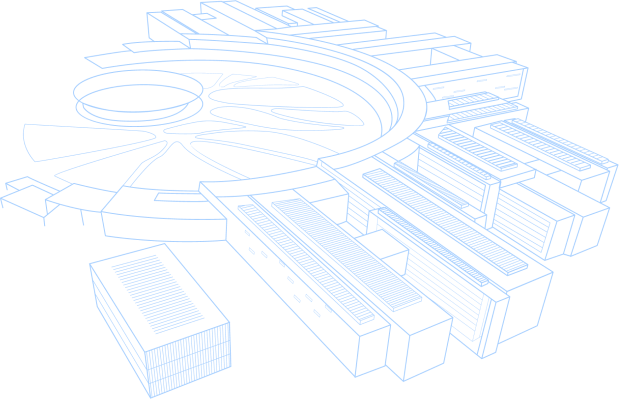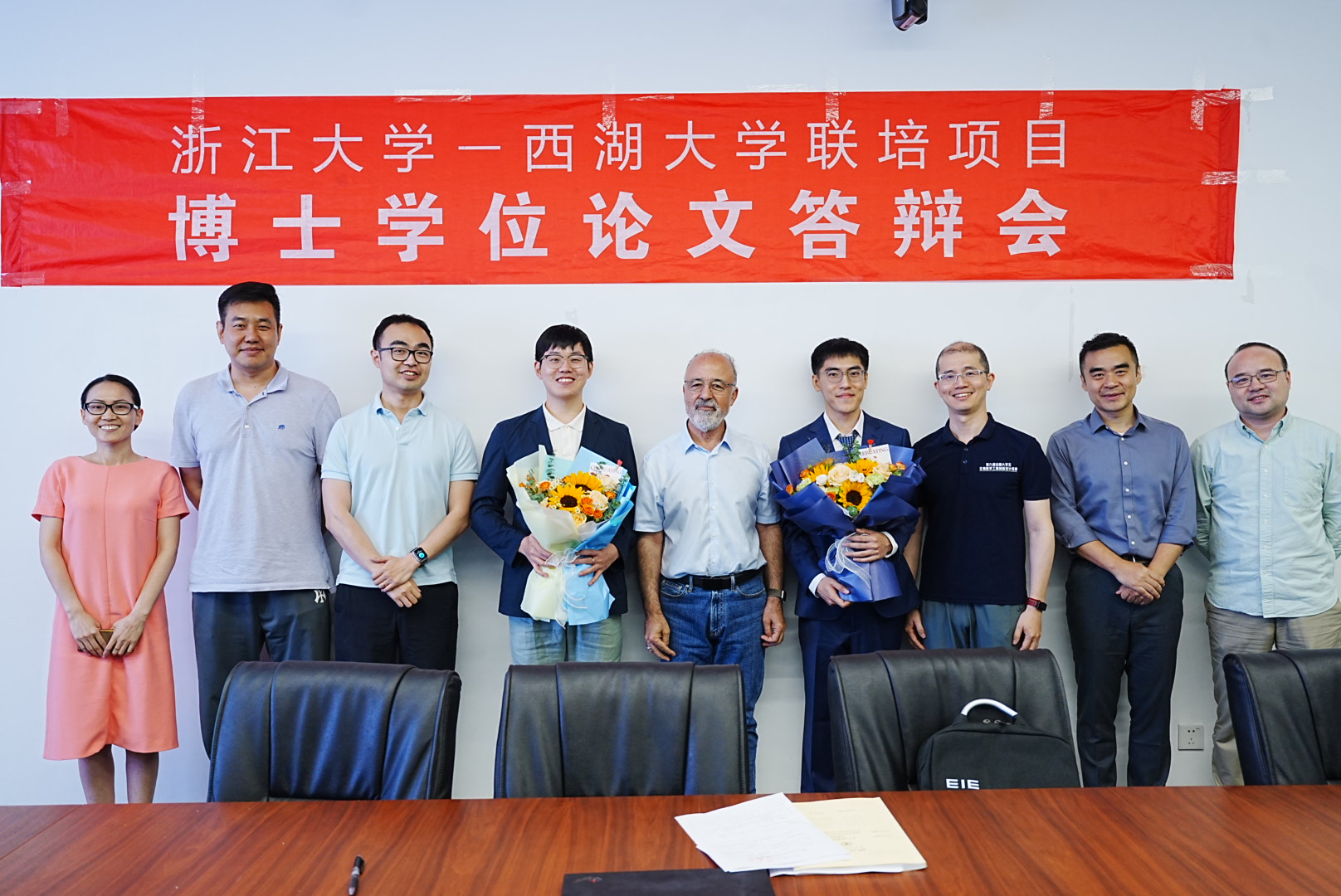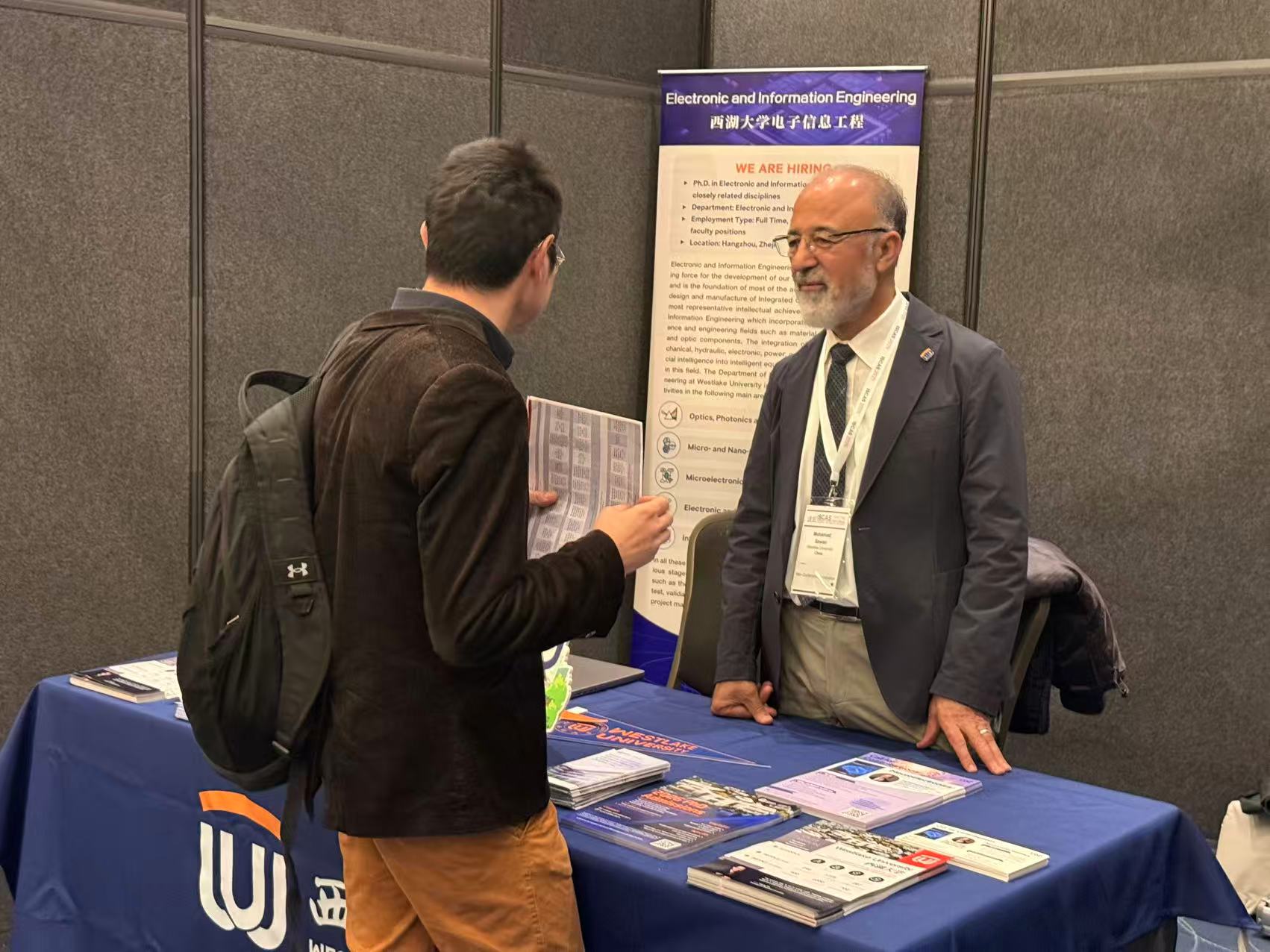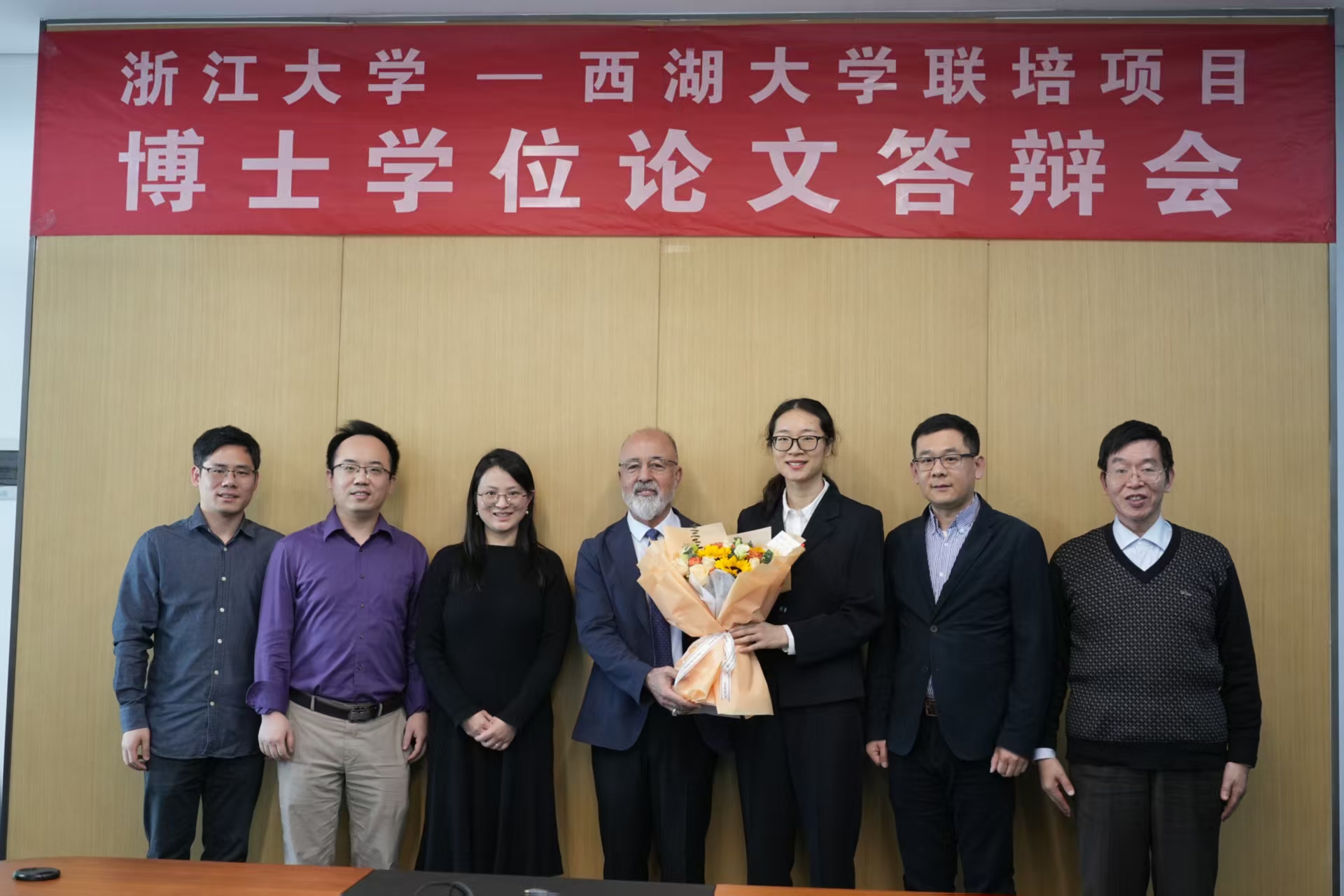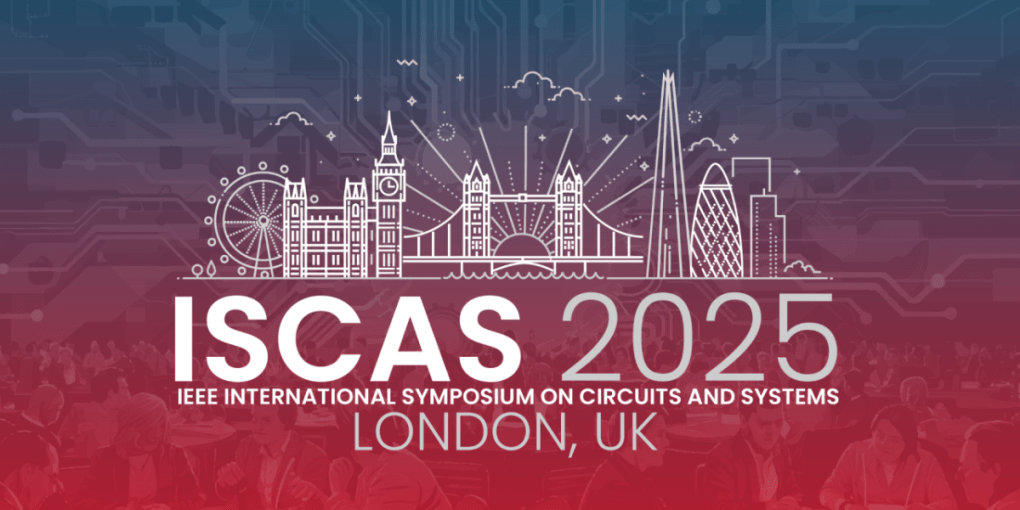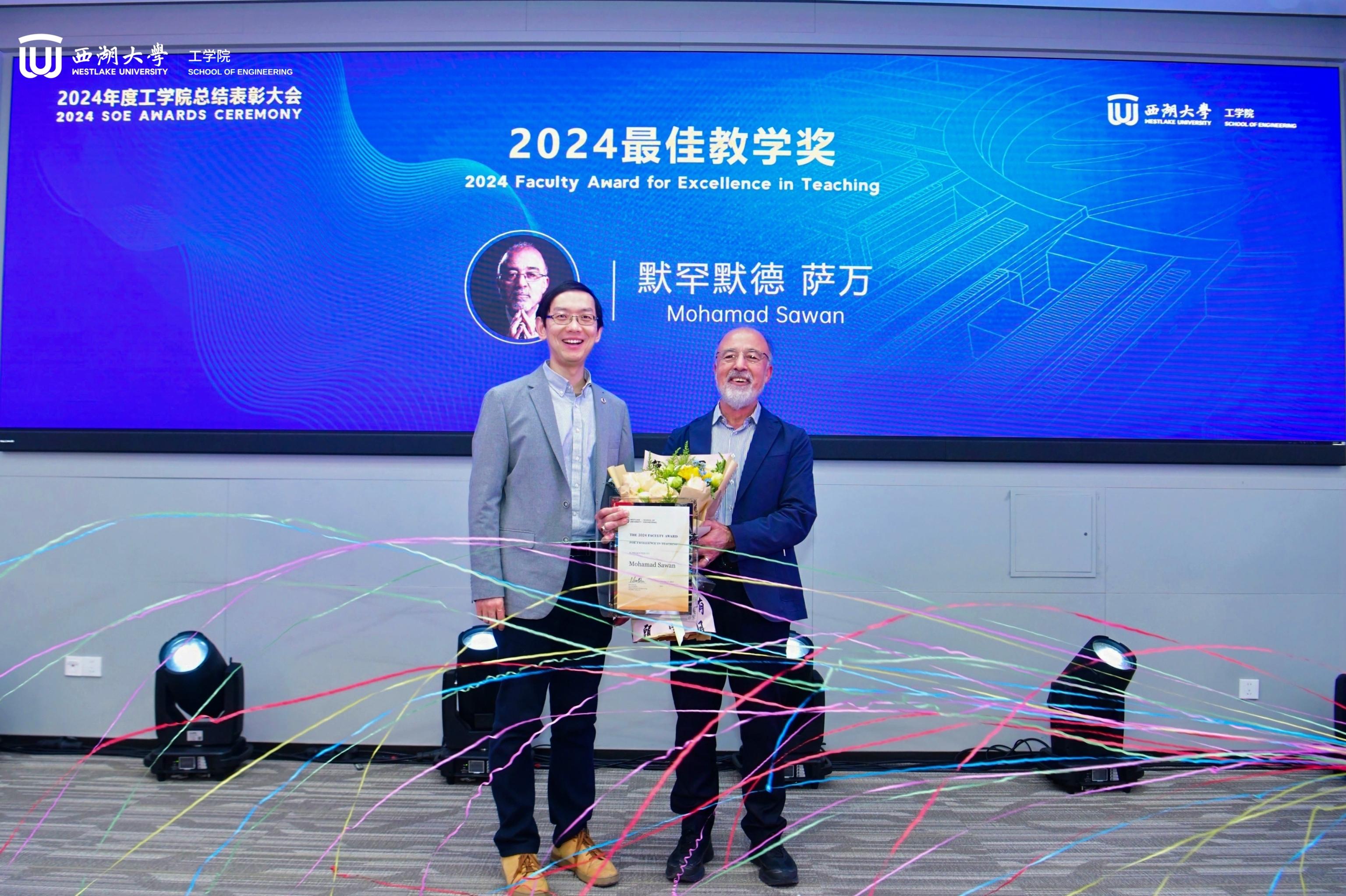Depression is far more complex than we imagine. It is not just a psychological state of low mood, but more like a silent "physiological storm" that sweeps through the entire body.
According to the latest research, in the bodies of people with depression, inflammation markers increase; the energy factories of brain cells (mitochondria) show significant functional disorders; and the expression patterns of key genes change, thereby affecting the balance of neurotransmitters. More worryingly, depression often does not occur in isolation—most patients are simultaneously accompanied by anxiety symptoms.
In the medical research against depression, two technologies are changing the game: artificial intelligence (AI), particularly machine learning (ML) and deep learning (DL), is helping us decode the complex pathogenesis of depression. Meanwhile, the Intelligent Internet of Medical Things (IIoMT) is achieving real-time automatic identification, monitoring, and management of depressive symptoms through interconnected smart devices.
The latest research from the CenBRAIN Neurotech Center of Excellence explores the collaborative application of AI and IIoMT. It not only showcases current technological breakthroughs but also prospectively analyzes the challenges of integrating these innovative technologies into existing healthcare systems. This research is driving the transformation of depression diagnosis and treatment models from traditional "experience-based medicine" to modern "precision medicine," bringing more timely and personalized treatment plans to patients.
Dr. Mohd Belal Bin Heyat, postdoctoral fellow from our center, is the first author of the paper, and Chair Prof. Mohamad Sawan is the corresponding author. The authors would like to thank Prof. Kamal, Prof. Lai, Prof. Wu, Prof. Siddiqui, Prof. Naseem, Prof. Ansari, Prof. Singh, Prof. Chandel, Prof. Huang, Prof. Ahmad, Prof. Fateh, Prof. Bahri, Dr. Gul, Er. Benkmil, Er. Pillai, for their motivation, help, and support.

Reference
Heyat, M. B. B., Adhikari, D., Akhtar, F., Parveen, S., Zeeshan, H. M., Ullah, H., Chen, Y. H., Wang, L., & Sawan, M. Intelligent Internet of Medical Things for Depression: Current Advancements, Challenges, and Trends. International Journal of Intelligent Systems, 2025.
More information can be found at the following link:
https://onlinelibrary.wiley.com/doi/10.1155/int/6801530
Research Highlights
To provide a comprehensive and structured overview of extensive research on the integration of IoMT and AI with depression for autonomic diagnosis, classification, monitoring, and guidance of depression and anxiety.
The IIoMT architecture for collecting, analyzing, monitoring, and preventing depressive disorders. Employing IIoMT to identify, track, and analyze depression, including applying sophisticated analytics techniques to enhance the apps’ intelligence and capabilities.
The applicability and value of IoT-based approaches in various real-world application fields by contrasting the traditional and intelligent approaches.
The IIoMT’s bibliometric analysis in the context of depressive scenarios. Along with this, it identifies and describes current problems, potential directions for future study, and potential fixes.
Abstract
The IIoMT is catalyzing a paradigm shift in the detection, prediction, and analysis of depression. By harnessing IoT devices and advanced analytics, healthcare systems are moving towards personalized, proactive, and data-driven approaches to mental health care. Embracing this technological revolution requires navigating ethical challenges and fostering inclusive innovation, ultimately enhancing outcomes and QoL for individuals affected by depression. This review offers a thorough analysis of the interaction between AI, IoMT, and depression that examines various characteristics and pertinent significant difficulties. The paper covers a variety of depression prevention strategies, and a detailed discussion of depression and bibliometric analyzes of depression in multiple contexts. In identifying, analyzing, and monitoring depression, the paper also contrasts conventional and intelligent approaches. In addition, it describes the IIoMT architecture used for identifying and monitoring depression. Finally, a thorough discussion of the difficulties, problems, and potential prospects for research into the integration of depression and IIoMT applications was conducted.
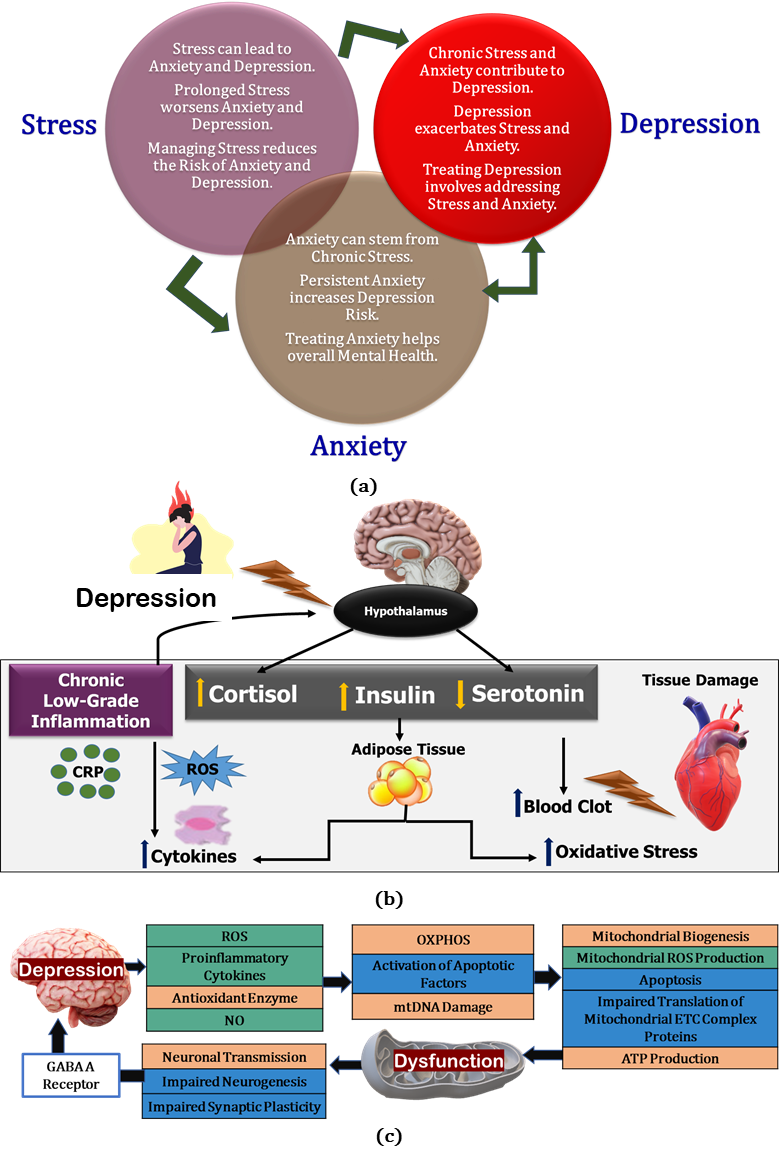
Figure 1: Understanding of depression based on biomedical perspectives.
We investigated the fusion of the Intelligent Internet of Medical Things (IIoMT) with depression management, aiming to autonomously identify, monitor, and offer accurate advice without direct professional intervention. Addressing pivotal questions regarding IIoMT’s role in depression identification, its correlation with stress and anxiety, the impact of machine learning (ML)and deep learning (DL) on depressive disorders, and the challenges and potential prospects of integrating depression management with IIoMT, this research offers significant contributions. It integrates artificial intelligence (AI) and Internet of Things (IoT) paradigms to expand depression studies, highlighting data science modelling’s practical application for intelligent service delivery in real-world settings, emphasizing the benefits of data science within IoT. Furthermore, it outlines an IIoMT architecture for gathering, analyzing, and preempting depressive disorders, employing advanced analytics to enhance application intelligence. The study also identifies current challenges, future research trajectories, and potential solutions within this domain, contributing to the scientific understanding and application of IIoMT in depression management. It evaluates 168 closely related articles from various databases, including Web of Science (WoS) and Google Scholar, after the rejection of repeated articles and books. The research shows that there is 48% growth in research articles, mainly focusing on symptoms, detection, and classification. Similarly, most research is being conducted in the United States of America, and the trend is increasing in other countries around the globe. These results suggest the essence of automated detection, monitoring, and suggestions for handling depression.
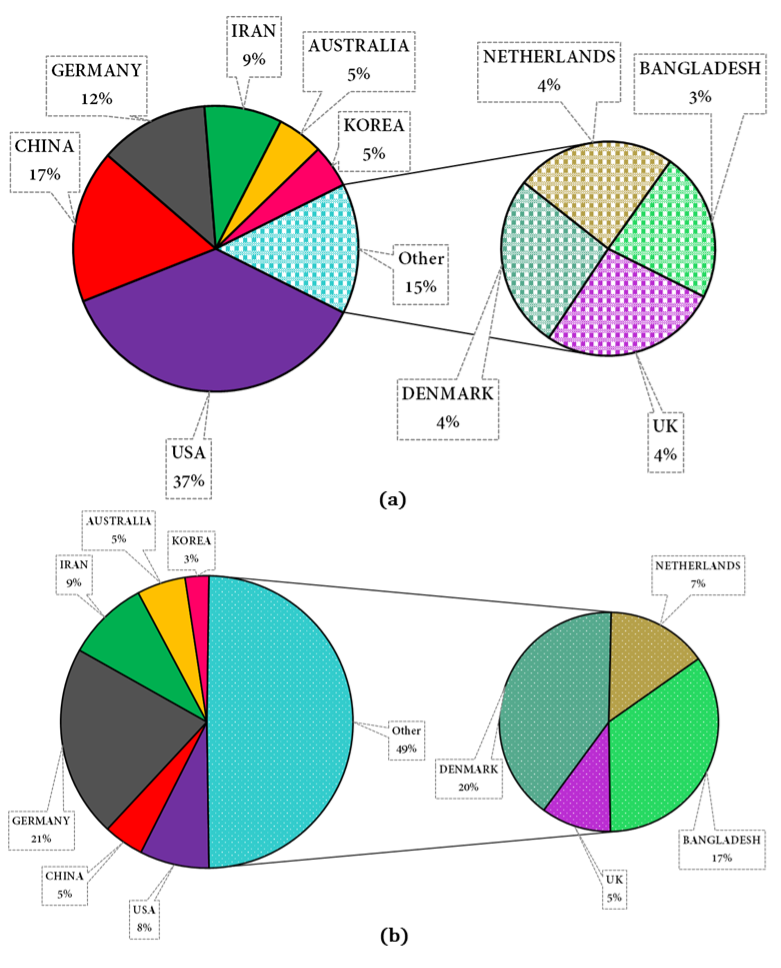
Figure 2: Top 10 nations based on (a) total and (b) average per article, citations.


